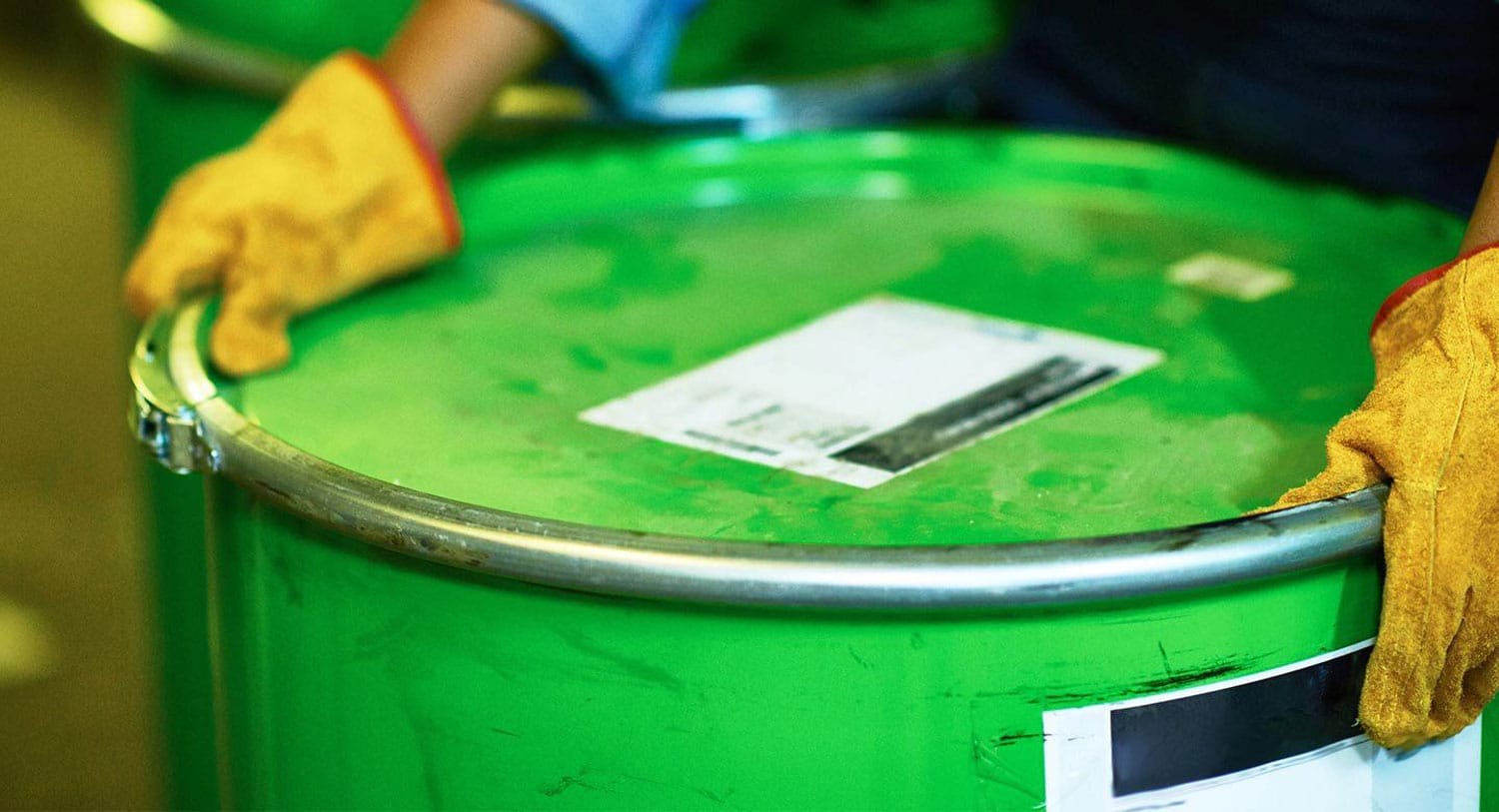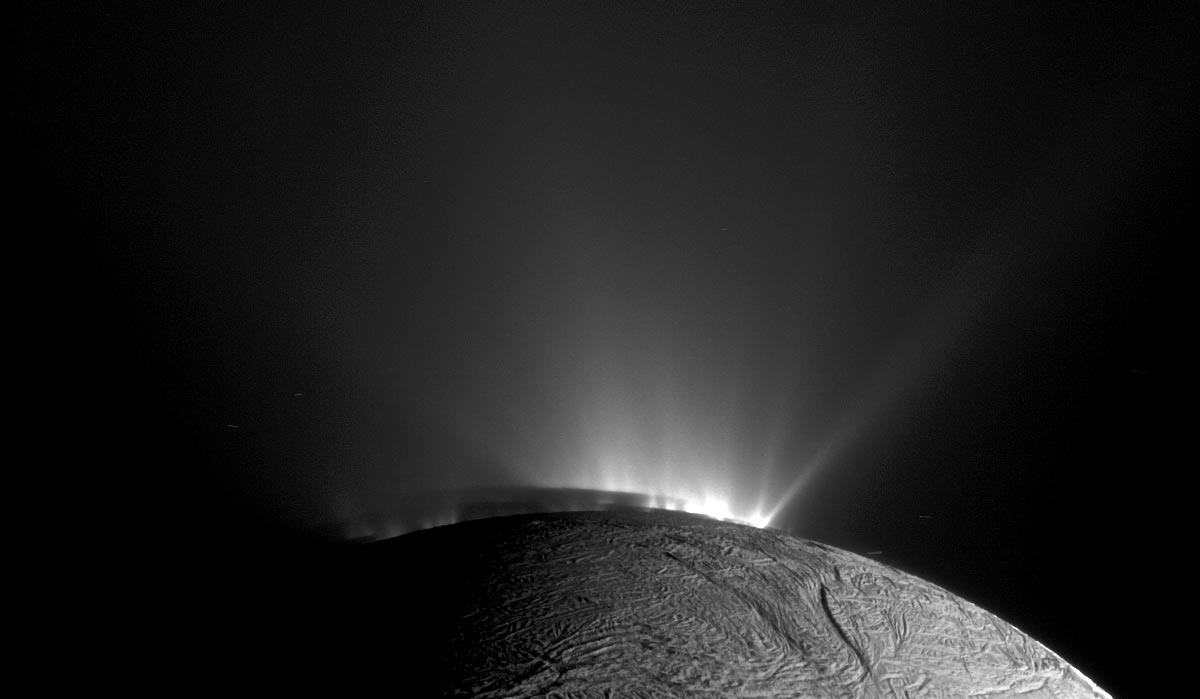
Updated Jan. 2 with additional delay.
WASHINGTON — NASA is taking a break in the deployment of the James Webb Space Telescope after successfully extending booms for the spacecraft’s sunshield.
NASA said Jan. 1 it would wait a day before beginning the process of tensioning the five-layer sunshield, getting it into its final form and ensuring the layers are separated from each other. That effort was originally rescheduled for Jan. 2, but NASA later said it was further delaying the start of the tensioning by an additional day to spend time “optimizing Webb’s power systems while learning more about how the observatory behaves in space.” The tensioning process is now scheduled to start no earlier than Jan. 3 and will take at least two days to complete.
Spacecraft managers added the pause in the sunshield deployment after working late into the night Dec. 31 to extend two “mid-boom” structures on either side of the spacecraft. Those booms extended the sunshield to its full size. That process started late when sensors indicated that a sunshield cover had not fully rolled up. Controllers decided to go ahead with the deployment of the booms because other data, including from temperature sensors and gyroscopes, were consistent with the removal of the cover.
“The team did what we had rehearsed for this kind of situation: stop, assess and move forward methodically with a plan,” said Keith Parrish, JWST observatory manager at the Goddard Space Flight Center, in a Dec. 31 statement. “We still have a long way to go with this whole deployment process.”
That sensor glitch has been the only issue in the series of deployments by the spacecraft since its launch Dec. 25. NASA noted in a statement that the sunshield deployment relied on 107 membrane release devices, every one of which had to work for the sunshield to extend correctly. All 107 successfully released, the agency stated.
The one-day break in completing the sunshield tensioning will likely push back other activities, NASA said. The tensioning is the final step in completing sunshield deployment, after which controllers will turn their attention to setting up the telescope mirrors. A one-day slip, though, will have little long-term impact on the mission, which will spend six months completing commissioning of the telescope and its instruments.
“Today is an example of why we continue to say that we don’t think our deployment schedule might change, but that we expect it to change,” Parrish said in the Dec. 31 statement about the boom deployment.
Note: This article have been indexed to our site. We do not claim legitimacy, ownership or copyright of any of the content above. To see the article at original source Click Here













